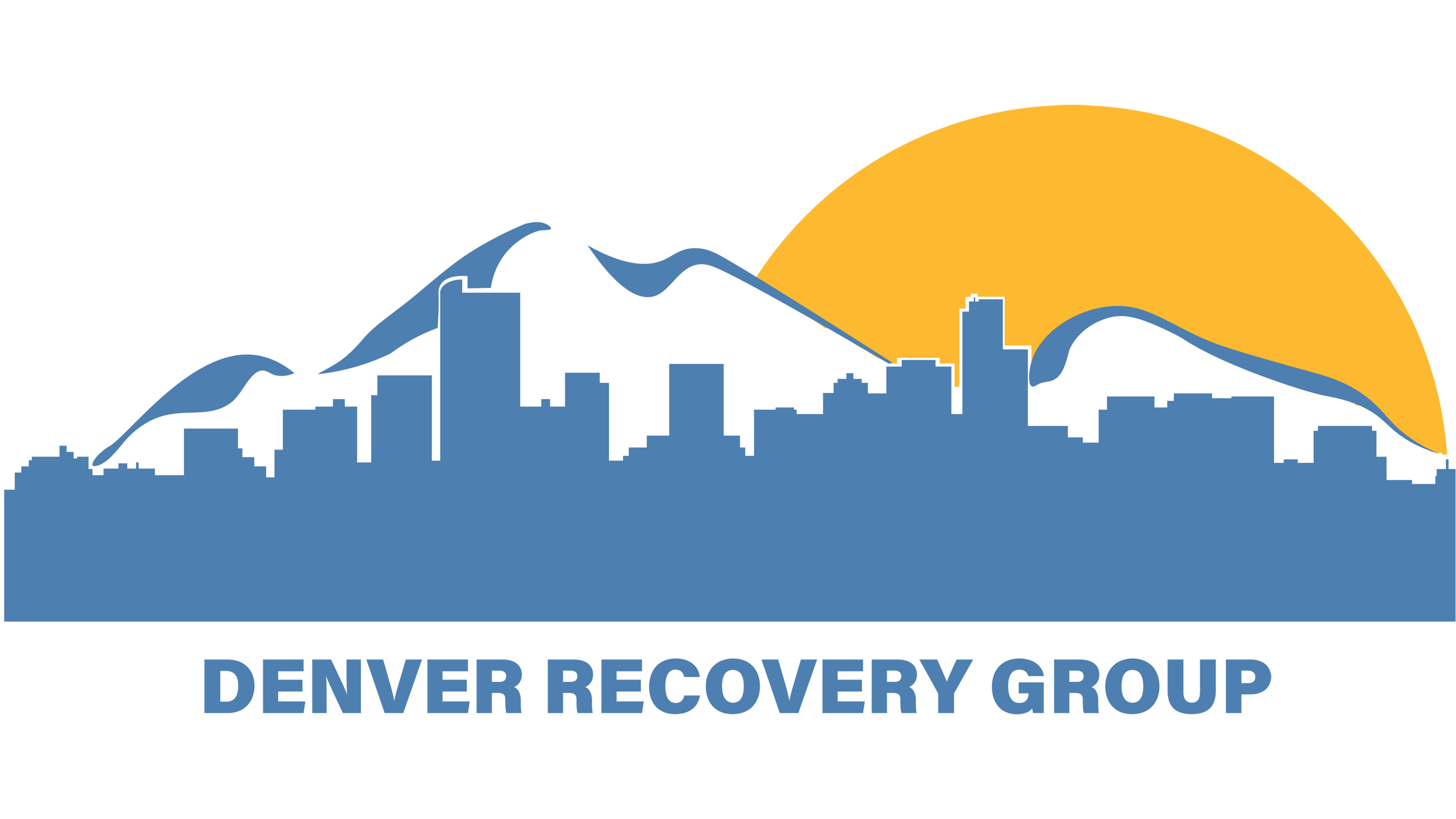All posts

Life-Saving Measures for Opioid Overdose How to Respond Effectively
The opioid crisis continues to pose a significant challenge across communities, bringing to the forefront the critical need for immediate and effective response to opioid overdoses. For those witnessing an overdose, knowing what to do can mean the difference between life and death. This guide, brought to you by our Opioid Addiction Treatment Clinic, provides vital steps to take during such emergencies, highlighting the importance of Narcan and other critical measures.
Administering Narcan: A Lifesaver in Opioid Overdoses
Narcan (Naloxone) is a life-saving medication known for its effectiveness in reversing the effects of opioid overdoses. It is an essential tool in the fight against the opioid crisis. If you suspect someone is overdosing on opioids, and you have access to Narcan, here’s how to administer it:
Identify the Signs: Look for symptoms like shallow breathing, unconsciousness, and blue lips or fingernails.
Administer Narcan: Narcan can be given as a nasal spray. Tilt the person's head back, provide support under the neck, and insert the nozzle into one nostril. Press the plunger firmly to release the dose.
Call for Emergency Help: Even after administering Narcan, it's crucial to call emergency services, as professional medical assistance is essential.
Carrying Narcan in easily accessible places like your backpack, car, or apartment is highly recommended, especially if you or someone close to you is at risk of an opioid overdose.
Steps to Take if Narcan is Not Available
In scenarios where Narcan is not immediately available, here are the steps you should take:
Call Emergency Services Immediately: Time is critical in an overdose situation. Ensure you call for medical help right away.
Ensure the Person is Breathing: Check for breathing and clear the airway. If the person is not breathing, begin rescue breathing or CPR if you are trained.
Keep the Person Awake and Breathing: Try to keep them awake and breathing by speaking loudly, gently shaking them (if they are unconscious but breathing), or applying light pain stimulus.
Place in the Recovery Position: If unconscious, place the person on their side to prevent choking and keep the airway open.
Stay with the Person: Monitor their condition continuously until emergency help arrives.
Post-Overdose: Seeking Long-term Solutions
Surviving an overdose should be a wake-up call to seek long-term solutions for opioid addiction. Our Opioid Addiction Treatment Clinic offers comprehensive support and treatment plans tailored to individual needs, helping patients on their journey to recovery.
Final Thoughts
Understanding how to respond to an opioid overdose can save lives. Whether it's administering Narcan or providing essential first aid, your actions can make a critical difference. Remember, the fight against opioid addiction doesn’t end with emergency response. Continued support, treatment, and education are crucial.
Discover More
Explore more resources and services to support your recovery journey
Let's conquer
freedom together.

Get help today
You're not alone. Denver Recovery Group's evidence-based Medication-Assisted Treatment offers compassionate support to help you reclaim your life.
Here's how
we've got your back:
We're happy to work with ALL out-of-network providers and insurance plans.
Grant funding and a sliding-scale option are available.
Lean on our experienced team of counselors, case managers, and medical providers.
Our email:
Info@DenverRecoveryGroup.ComOur main clinic line:
303.953.2299Our 24 hour line:
720.616.0049Patients
Contact
Main clinic line:
303.953.229924 hour line:
720.616.0049Email:
info@denverrecoverygroup.com
Copyright ©
Denver Recovery Group


